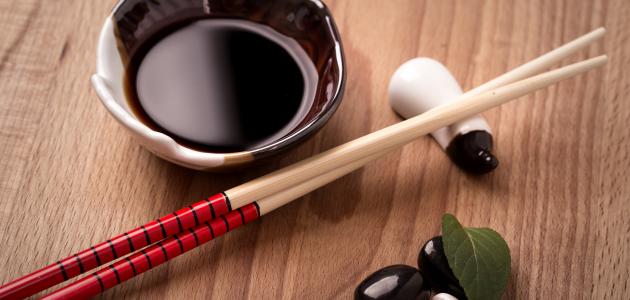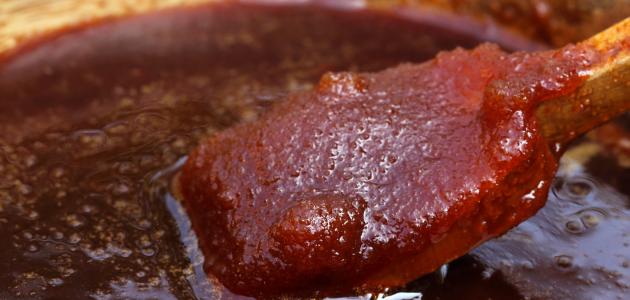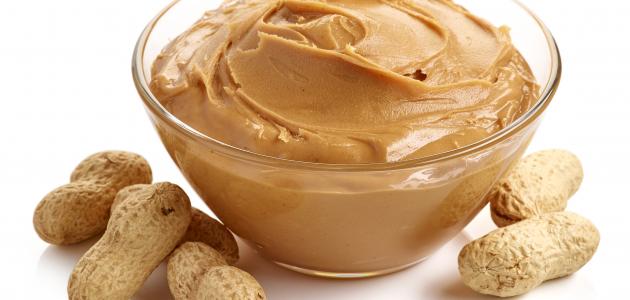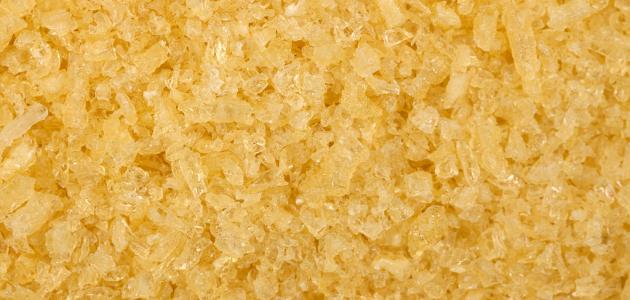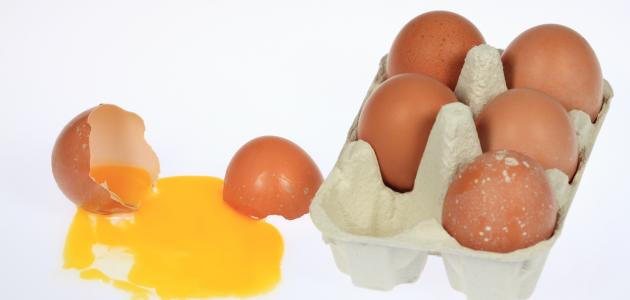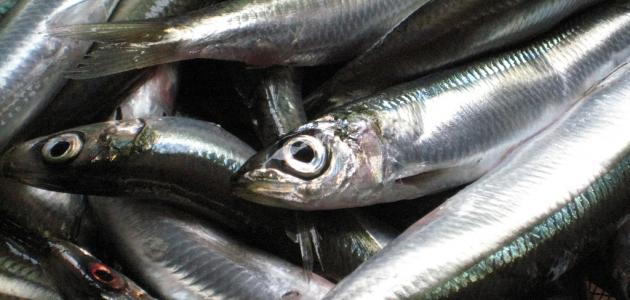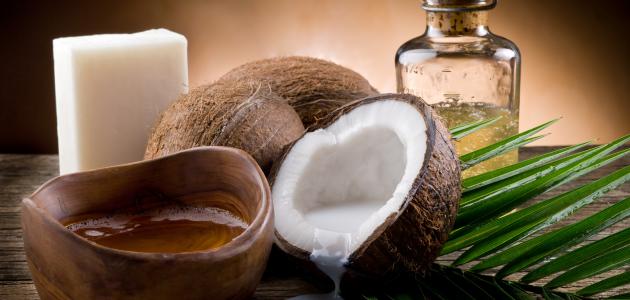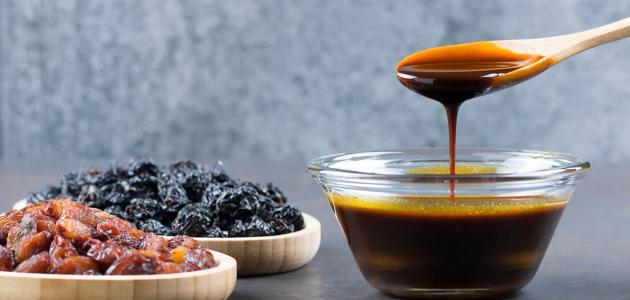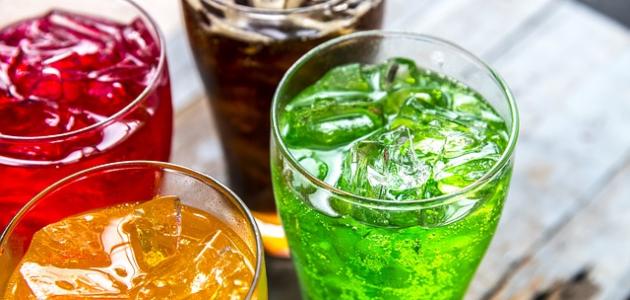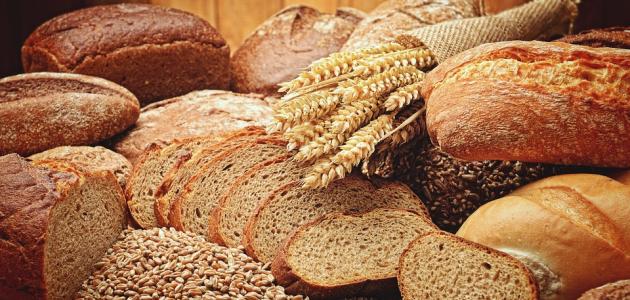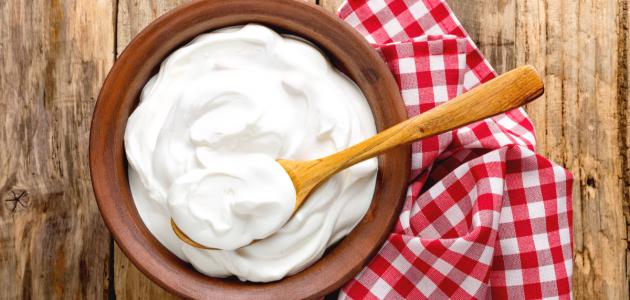Contents
soy sauce
Soy sauce is a liquid material with a reddish - brown color, and a salty taste and sharp looks like the taste of meat, a mixture of products , soybeans , and may be mixed with wheat, and the origin of the soy sauce , often to China since the twelfth century BC , as known As one of the popular spices that were used to enhance the flavor of Chinese dishes at that time. [1]
The nutritional value of soy sauce
The following table explains the nutritional value of 100 grams of soy sauce: [2]
| The foodstuff | Quantity |
|---|---|
| water | 71.15 ml |
| Calories | 53 calories |
| Protein | 8.14 grams |
| Fats | 0.57 grams |
| Carbohydrates | 4.93 grams |
| Fiber | 0.8 g |
| Sugars | 0.4 g |
| Calcium | 33 milligrams |
| Iron | 1.45 mg |
| magnesium | 74 milligrams |
| Phosphorous | 166 milligrams |
| Potassium | 435 milligrams |
| Sodium | 5493 milligrams |
| Zinc | 0.87 milligram |
| Copper | 0.043 milligram |
| Selenium | 0.5 mcg |
| Vitamin B1 | 0.033 milligrams |
| Vitamin B2 | 0.165 milligrams |
| Vitamin B3 | 2,196 milligrams |
| Vitamin B6 | 0.148 milligram |
| Folate | 14 micrograms |
Soy sauce ingredients
Usually, the types of soy sauce available in the market contain four main ingredients, which are soybeans, wheat, salt, and yeast, and the proportion of these ingredients varies from one product to another, causing a difference in the color and flavor of the soy sauce. [3]
Studies on the benefits of soy sauce
- One study, published in the International Journal of Molecular Medicine in 2005, in which 51 patients with seasonal allergic rhinitis participated in, showed that consuming 600 mg of polysaccharides extracted from soy sauce, for a period of 8 weeks, may contribute to relieving symptoms of Allergic rhinitis improves the quality of life in patients who have it. [4]
- A study published in the European Journal of Clinical Nutrition indicated that adding soy sauce to meals containing rice may increase iron absorption from these diets. This is because soy sauce lacks soy protein, which reduces iron absorption , and fermented products contain some organic acids that help absorb iron from various foods. [5]
- A study published in Free Radical Research in 2007 showed that dark soy sauce contains some types of dyes such as Melanoidins, which act as antioxidants and contribute to significantly reducing oxidation processes . [6]
- A study in mice, published in the International Journal of Molecular Medicine in 2008, indicated that soy sauce may boost immune system activity . This is done by increasing the levels of immunoglobulin A in the blood. [7]
- A study published in the Journal of Food Science in 2010 and conducted on mice with high blood pressure showed that eating salt-free soy sauce (in English: Salt ‐ Free Soy Sauce) may contribute to reducing blood pressure in people with high blood pressure. [8]
- A laboratory study published in the Journal of Agricultural and Food Chemistry showed that soy sauce may contribute to reducing the risk of platelet aggregation and clotting . This is because it contains some types of alkaline compounds that have a noticeable effect in reducing the formation of blood clots. [9]
Damage to soy sauce
The degree of safety of soy sauce
There is no information available about the degree of safety of eating soy sauce in particular, but naturally fermented soy sauce is a safer option, because it does not contain some of the harmful ingredients found in chemically manufactured soy sauce. [3]
Precautions for using soy sauce
Eating soy and its products such as soy sauce may cause an allergic reaction in some people. As it is one of the most common foods that cause allergies in infants, under the age of 3 years, and symptoms of soy allergy include: vomiting, indigestion, diarrhea, stomach pain, weak heartbeat, dizziness, confusion, yellowing of the skin color, hives, and swelling Of the tongue and lips, difficulty breathing, wheezing, tightness in the throat, hoarseness, and frequent coughing . [10]
Harmful ingredients in soy sauce
Some types of soy sauce contain some compounds and elements that may cause health problems for some people, and among these elements and compounds: [3]
- Sodium: Soy sauce contains high amounts of salt, which contains sodium. Which the body needs in specific quantities to properly perform its various functions, but too much intake is associated with high blood pressure, especially in people who suffer from an allergy to salt, and it is also associated with a higher risk of heart disease, stomach cancer, and others, so it is advised to choose a few types. Sodium or no sodium.
- Gluten: , soy sauce may contain wheat , which makes it a source of gluten protein, so it is advised to avoid eating it by people who suffer from wheat allergies, or to choose gluten-free varieties.
- Amines: They are a group of compounds found naturally in plants and animals, but are found in greater amounts in fermented or aged foods such as soy sauce. Which contains two types of amines, namely: histamine and tyramine , and it is worth noting that excessive intake of amines, especially histamine, may cause side effects in some people, including: headache, sweating, dizziness, and itching Rashes, stomach problems and changes in blood pressure.
- Some carcinogens: Chemically manufactured soy sauce contains a type of plant protein that, when broken down with acid, produces compounds known as MCPD-3, a group of toxic compounds called Chloropropanols, and it should be noted that some studies conducted on animals have shown that MCPD 3- May cause kidney damage, reduce fertility and increase the risk of developing cancerous tumors. Therefore, it is better to choose naturally fermented soy sauce, as mentioned previously; Because it contains very few percentages of the toxic 3-MCPD, and sometimes it does not contain it at all.
- Monosodium glutamate : (Monosodium glutamate), which has been used for decades as a food preservative, but may cause many side effects for some people, and these effects are now known as the MSG symptom complex. They include headache, sweating, flushing and numbness in the face, neck, and chest pain, in addition to a rapid heart rate, nausea and general weakness. [11] [12]
References
- ↑ Ong Lian, Tan Ann And Toh Kheng, “SOY SAUCE: A Traditional Asian Sauce Now Globalised” , www.pdfs.semanticscholar.org , Retrieved 4-28-2020. Edited.
- ↑ "Soy sauce" , www.fdc.nal.usda.gov , 1-4-2020, Retrieved 28-4-2020. Edited.
- ^ A b t the Elise Mandl (7-12-2017), "How To Is Soy Sauce And Is It MADE of Bad For You?" , Www.healthline.com , Retrieved 28-4-2020. Edited.
- ↑ Makio Kobayashi, Hiroaki Matsushita, Ryo-Ichi Tsukiyama and others (1-3-2005), “Shoyu polysaccharides from soy sauce improve quality of life for patients with seasonal allergic rhinitis: A double-blind placebo-controlled clinical study” , International Journal of Molecular Medicine , Issue 3, Folder 15, Page 463-467. Edited.
- ↑ Baynes the RD, Macfarlane bj, Bothwell TH And Others (6-1990), "The Promotive Effect Of Soy Sauce On Absorption by iron In Human Subjects." , European Journal of Clinical Nutrition , Issue 6, Folder 44, Page 419-424. Edited.
- ↑ Huansong Wang 's store , by Andrew Jenner, in Chung-Yung Lee And Others (2007), "The Of Antioxidants In of identification by dark Soy Sauce." , Free Radical Research , Issue 4, Folder 41, Page 479-488. Edited.
- ↑ Hiroaki Matsushita, Makio Kobayashi, Ryo-Ichi Tsukiyama And Others (1-8-2008), “Stimulatory effect of Shoyu polysaccharides from soy sauce on the intestinal immune system” , International Journal of Molecular Medicine , Issue 2, Folder 22, Page 243-247. Edited.
- ↑ Toshiro Matsui, Xiao ‐ Lin Zhu, Koso Shiraishi And Others (5-2010), "Antihypertensive Effect of Salt ‐ Free Soy Sauce, a New Fermented Seasoning, in Spontaneously Hypertensive Rats" , Journal of Food Science , Issue 4, Folder 75 , Page H129-H134. Edited.
- ↑ Hironori Tsuchiya, Masaru Sato And Ikuo Watanabe (1999), “Antiplatelet Activity of Soy Sauce as Functional Seasoning” , Journal of Agricultural and Food Chemistry , Issue 10, Folder 47, Page 4167-4174. Edited.
- ↑ "Soy Allergy" , www.acaai.org , 9-4-2019, Retrieved 29-4-2020. Edited.
- ↑ "Headaches and Food" , www.my.clevelandclinic.org , 7-3-2019, Retrieved 4-28-2020. Edited.
- ↑ Katherine Zeratsky (8-10-2019), "Nutrition and healthy eating" , www.mayoclinic.org , Retrieved 4-28-2020. Edited.
